The 108th Congress and President George W. Bush made Congaree a National Park in 2003. Why is Congaree a National Park? That is a good question, and we will look at the history of the park and the motivations of the law to help you with the answer.
When most people think about the national parks of the United States, they probably think of Yellowstone, Yosemite, the Grand Canyon or Great Smoky Mountains. These are the iconic national parks that are taught to children across the country in school.
This has no doubt caused some visitors to wonder whether Congaree deserves its status as a national park. Particularly if they read the Yahoo! Travel article ranking it one of the top five worst national parks in America. Congaree National Park is visited by around 150,000 people a year, making it among the 15 or so least visited of those with the “national park” designation. It doesn’t have the spectacular waterfalls and landscape of Yosemite, the geysers of Yellowstone, the mountain vistas of the Smoky Mountains or the dramatic gorge of the Grand Canyon.
But there is much more among the 400+ sites in the national park system. A National Monument can be created by the President of the United States via a declaration under the Antiquities Act of 1906. The Antiquities Act allows the President to protect “historic landmarks, historic and prehistoric structures, and other objects of historic or scientific interest that are situated upon the lands owned or controlled by the Government of the United States.”
It takes an act of Congress to create a national park. There are currently 62 of them in the United States. Congaree made the cut among the nation’s legislators. Let’s take a look at why.
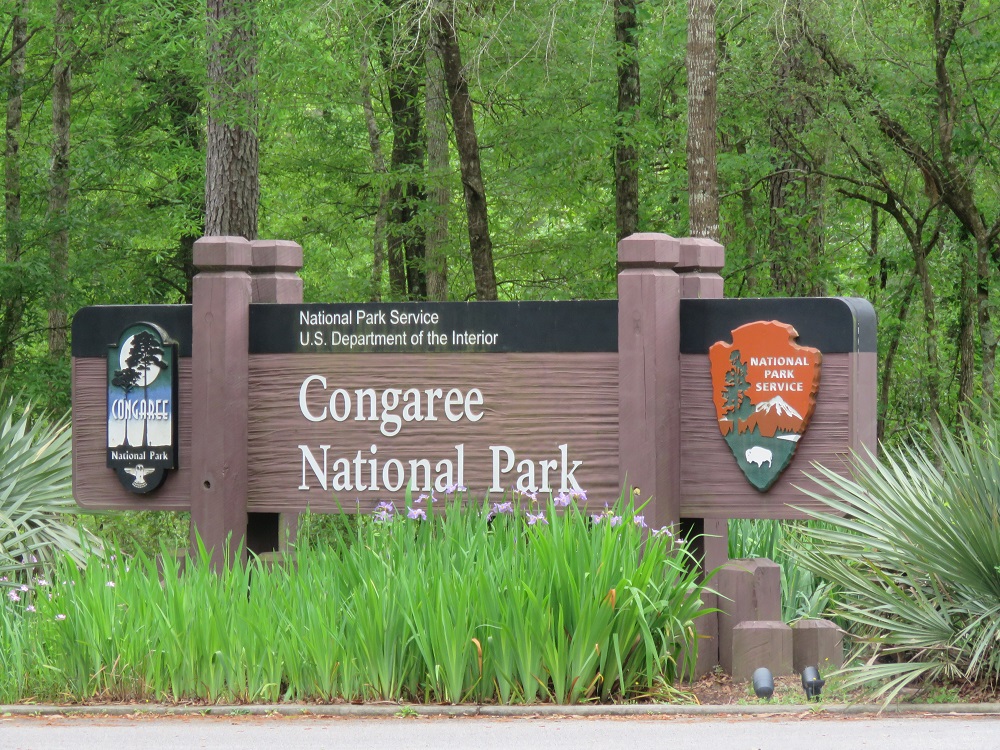
Congaree was designated a national park in 2003 when Congress added 4,576 acres of land and changed the name from Congaree Swamp National Monument. The stated purpose according to Congress was to “preserve and protect for the education, inspiration and enjoyment of present and future generations an outstanding example of a near-virgin southern hardwood forest ….”
Some of the reasons that Congress might have done so, in addition to its status as a large tract of old growth forest, are:
Congaree National Park is a part of the Congaree International Biosphere Reserve. It was first designated in 1983 and protects the South Carolina midlands around the Congaree River. The park is part of the Core Protected Area, which is a sanctuary for clean air, water and the thousands of species who live there. The trails, visitor center and facilities of Congaree National Park are within the Managed Use Area. The area surrounding the park, including large portions of Calhoun, Kershaw, Richland and Sumter counties are part of the Area of Partnership and Cooperation. Together, the three geographic zones make up the Congaree Biosphere Reserve.
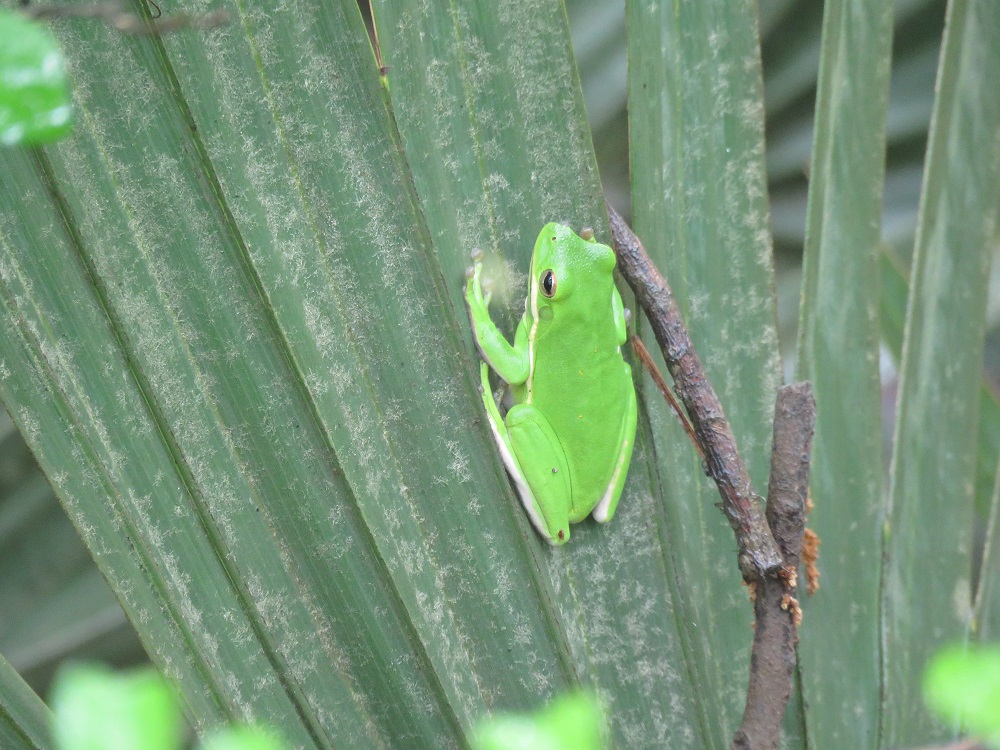
Congaree is also a Globally Important Bird Area. It contains more than 170 bird species and was named such by the Audubon Society in 2001. We saw the pileated woodpecker below while walking around the boardwalk and the other bird by the parking area for Longleaf campground.
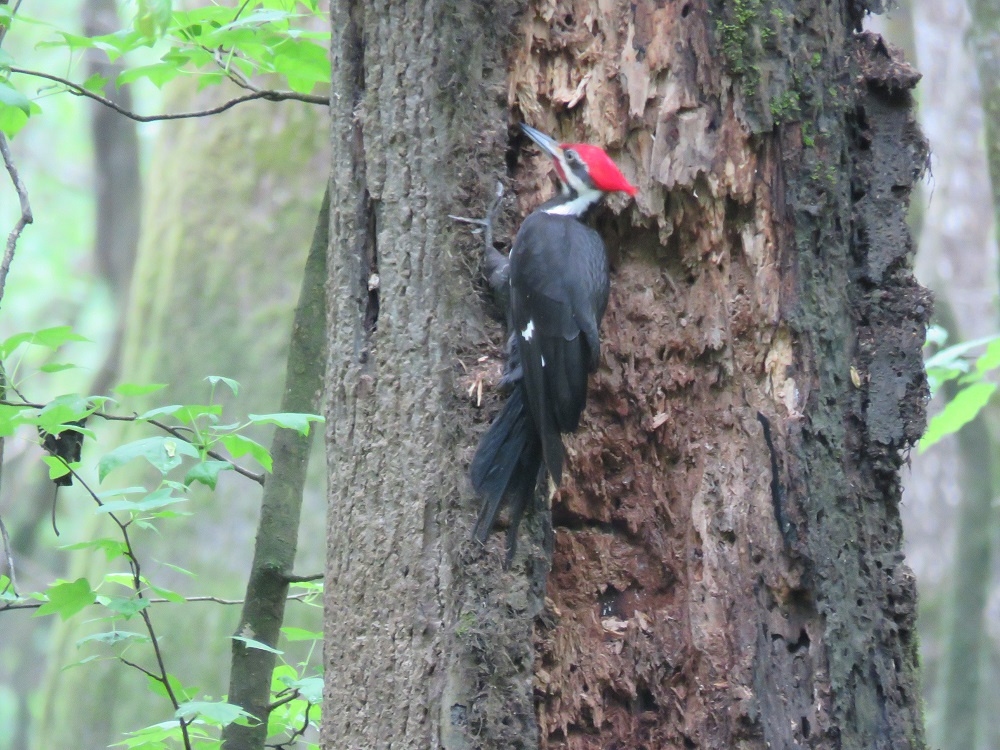
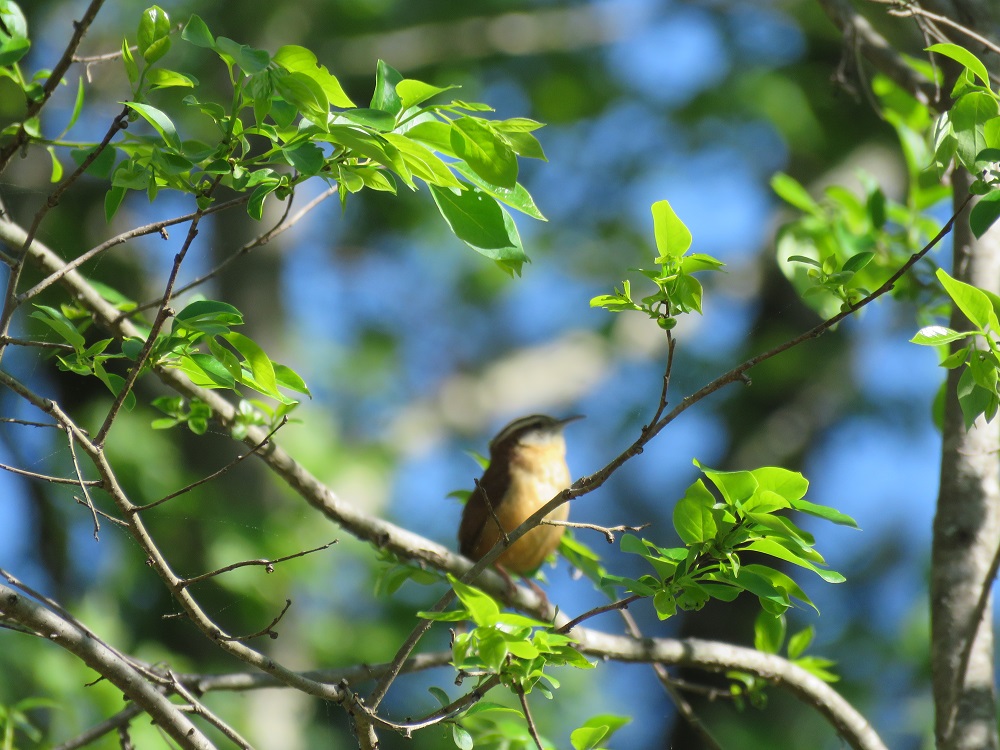
Congaree has one of the largest concentrations of champion trees in the United States. It also is one of the tallest temperate deciduous forests in the world, with an average canopy height of over 100 feet.
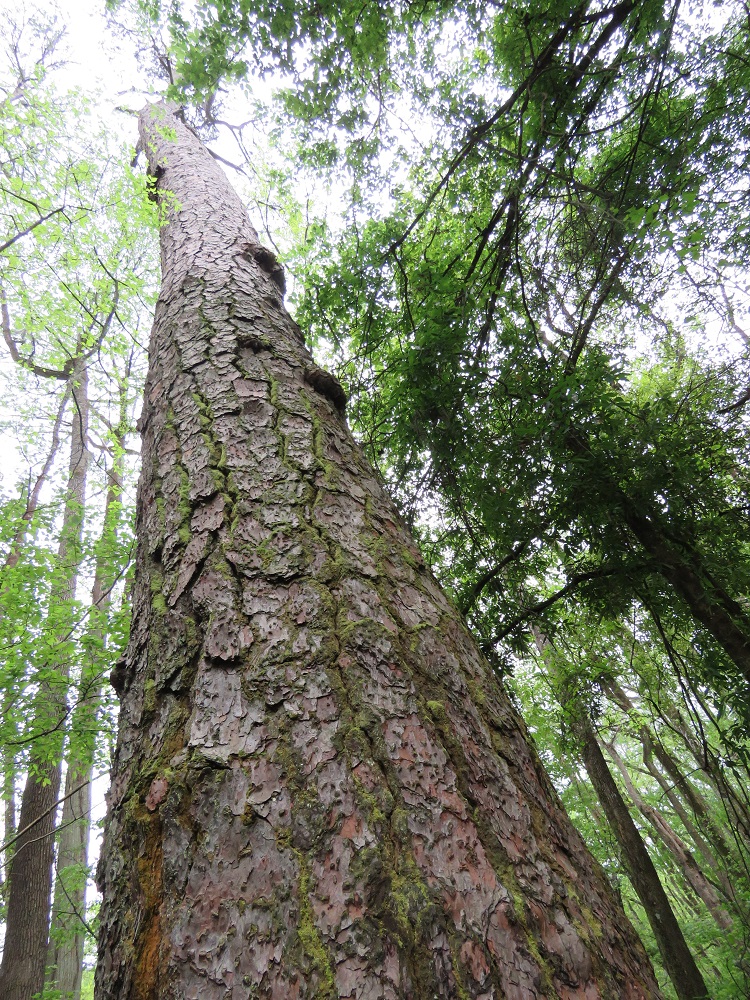
Congaree is one of a handful of places in the United States where there are synchronous fireflies. Only three out of the 2,000 different fireflies have a synchronous mating ritual. Other places include Pennsylvania’s Allegheny National Forest, Great Smoky Mountains National Park, and Arizona’s Cajon Bonito Creek.
The Congaree River Blue Trail, which was the first in the nation designated a National Recreation Trail by the U.S. Department of the Interior, is a 50 mile paddling trail which extends from the state capital of Columbia through Congaree National Park.
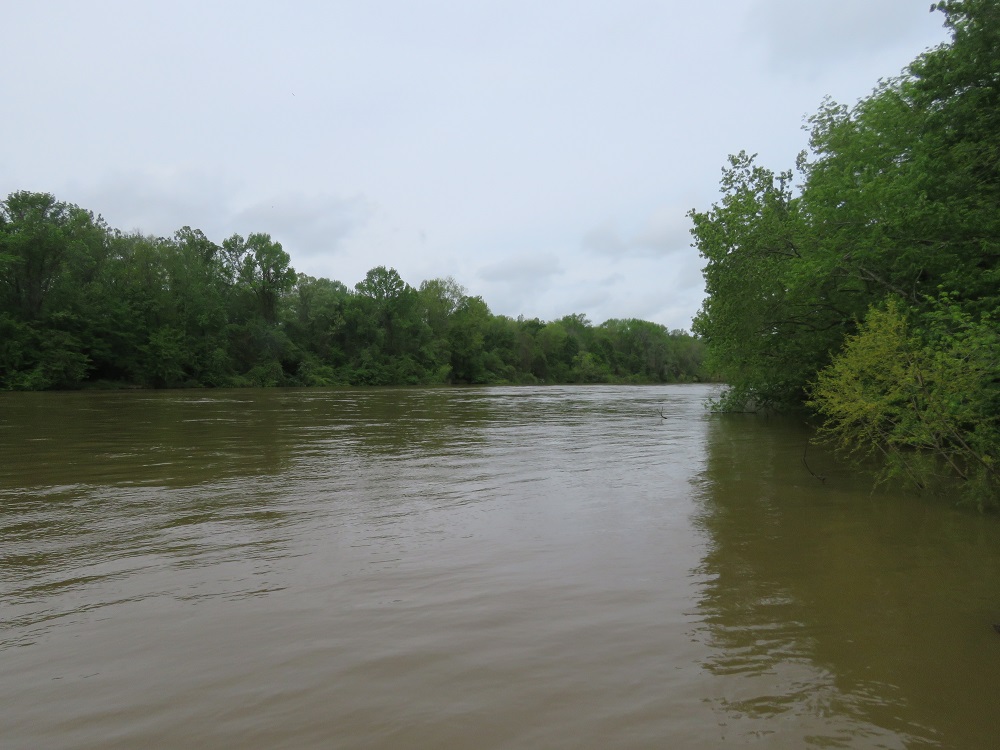
The Congaree River was pretty muddy due to the rain when we came through the area, but I bet it is gorgeous when the water is lower.
Congaree National Park Hotels
Congaree Camping
Congaree Canoe Trail
Congaree Fireflies
Congaree Weather
Congaree Wildlife
Congaree Boardwalk Loop
Congaree Champion Trees
Bates Ferry
Highway 601 Bridge Landing
South Cedar Creek Canoe Launch
Bannister Bridge Canoe Launch
Why is Congaree a National Park?
Best Time to Visit
Congaree Bluffs Heritage Preserve